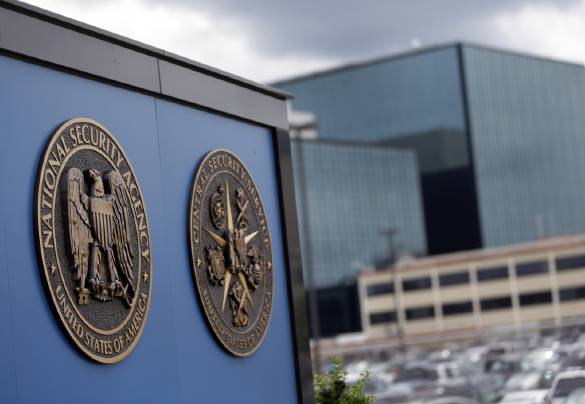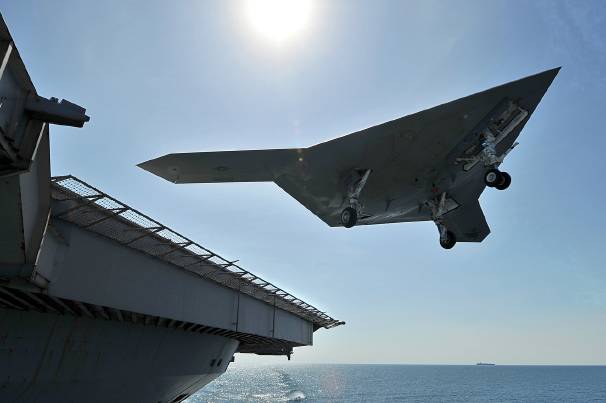As the end of 2013 approaches, the Washington Examiner is taking a look back at the biggest stories and issues of the year. Today, it’s the National Security Agency controversies over surveillance and drones.
The story took off in June, when former defense contractor Edward Snowden revealed himself as the source of the leaks of the U.S. government’s widespread monitoring of phone and Internet records to The Guardian newspaper. As the NSA dealt with the fallout from Snowden’s revelations, it also also had to deal with unwanted attention to its drone program.
Here are some of the top Examiner stories of 2013 on the NSA controversies:

Source behind NSA leaks comes forward
By Brian Hughes, June 9
On June 5, The Guardian broke the story of the NSA spying programs. On June 6, the newspaper revealed the source behind the leaks, Edward Snowden, a former NSA employee.
“I have no intention of hiding who I am because I know I have done nothing wrong,” he told the paper.
Snowden, who has already left the country, said he expects the U.S. government to launch a criminal investigation into his disclosures.
Even before Snowden came forward, Director of National Intelligence James Clapper said authorities were about to launch an investigation into the source of the leak.
Click here to read the entire story.

Rand Paul filibuster energizes Tea Party against GOP establishment
By Susan Ferrechio, March 7
One of the first major filibusters of the year came from Rand Paul in March. His 13-hour speech, aimed at blocking a vote on the nomination of John Brennan to head the CIA, lashed out at the use of drones in the United States.
“What a night,” Tea Party Express Chairwoman Amy Kremer said after Paul’s filibuster, which began Wednesday about noon and ended about 1 a.m. Thursday. “He has definitely energized the base in a way that it hasn’t been energized in a long time.”
Paul pledged to “speak until I can no longer speak” to prevent a vote on the nomination of John Brennan to head the CIA and lashed out at the Obama administration’s possible use of drones on U.S. soil.
Click here to read the entire story.

In quandary, Edward Snowden weighs asylum options
By Susan Crabtree, July 8
By July 8, Edward Snowden had been stuck in a Moscow airport for more than 16 days. Russia finally granted him temporary asylum Aug. 1, after he had applied for asylum in many countries.
Venezuela, Bolivia, Nicaragua and Cuba have said to differing degrees that they would welcome Snowden, but the 29-year-old former intelligence analyst might still have to stop to refuel in a third country that would be less hospitable toward him.
“It’s speculating a few steps down the path here because obviously we know that he would need to transfer somewhere out of [Russia],” State Department spokeswoman Jen Psaki told reporters Monday. “We’ve been very clear to governments across the board of our desire to have Mr. Snowden returned to the United States. I don’t think there’s any secret of that.”
Click here to read the entire story.

Where military drones are headed next
By J. Michael Barrett, July 3
As spying and surveillance issues came to the fore this year, an op-ed by J. Michael Barrett, former director of strategy for the White House Homeland Security Council, highlighted the role of drones in our lives today.
These systems have proven extraordinarily effective in the war on terror, collecting surveillance and even killing more than 50 al Qaeda leaders by virtue of the powerful missiles they can employ.
But the heavy firepower that makes large drones like the Predator so fearsome can have drawbacks. The 110-pound Hellfire missiles commonly carried by the Predator can pierce tank armor and pack a lethal punch, but are difficult to employ in crowded urban environments.

